

Curated collections
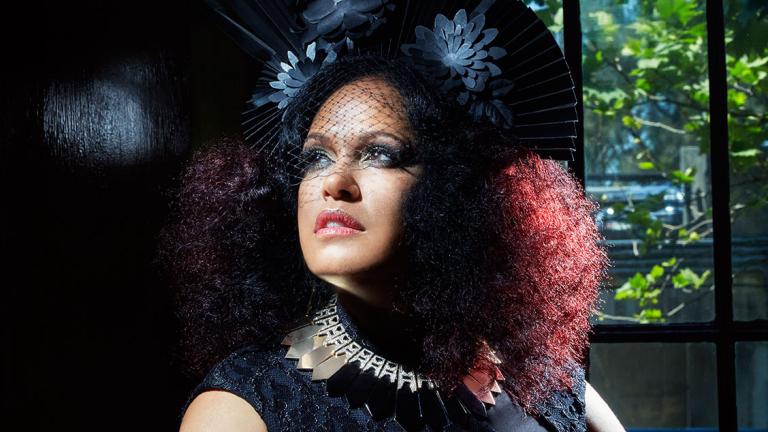
A celebration of First Nations culture
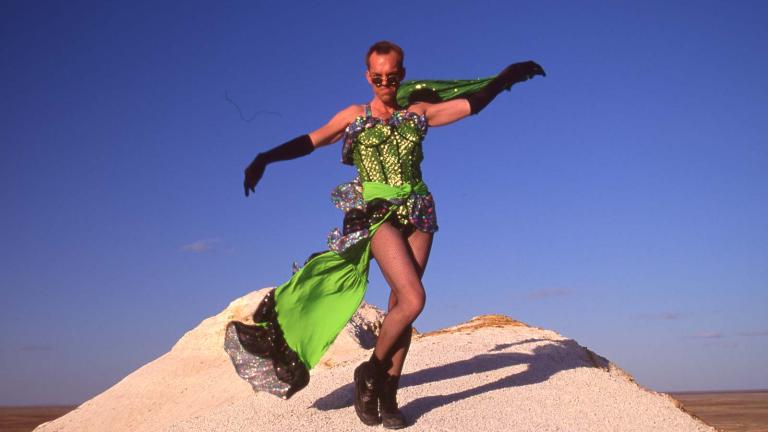
The Adventures of Priscilla, Queen of the Desert
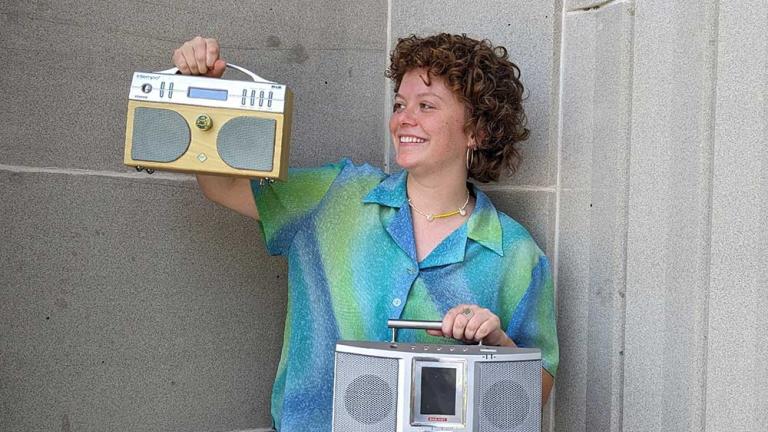
Radio 100 digital exhibition
Category
Subject
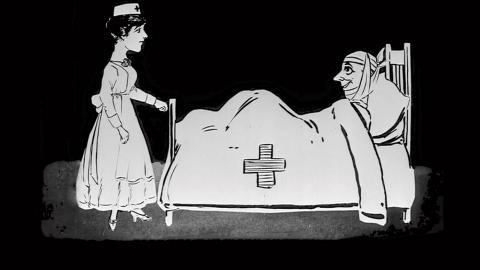
First World War Cartoons
Harry Julius' cartoons often commented on the events of the First World War and served as propaganda for the Allied war effort.
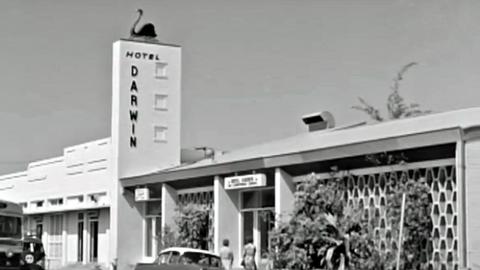
Darwin Time Capsule
This sample of collection items highlights the people of Darwin and some of the major events in the history of Australia's most northerly capital city.
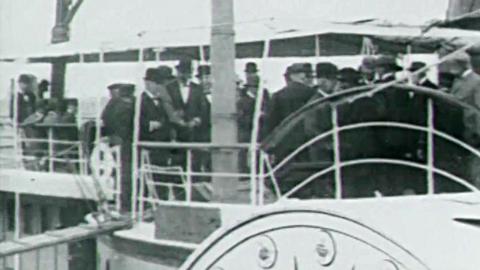
Lumière
The Lumière Collection includes some of the oldest footage in the NFSA collection: over 30 short films made in 1899.
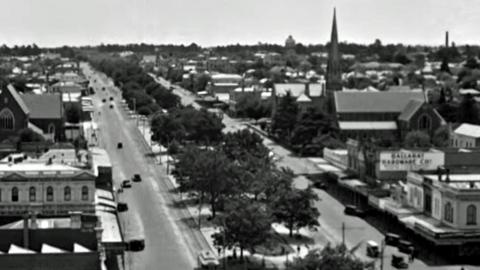
Ballarat time capsule
Ballarat in Victoria has a rich history and this collection features footage dating back to 1901.
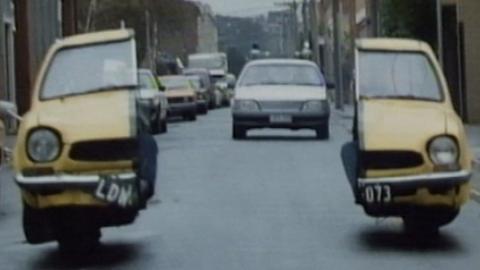
Malcolm
Malcolm is a beloved Australian comedy from 1986 about a mechanical genius played by Colin Friels.
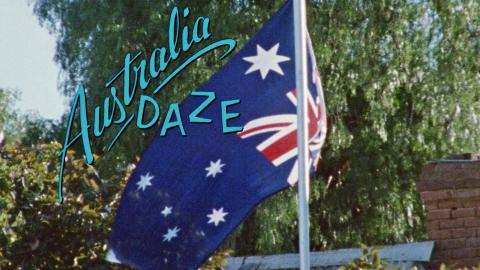
Australia Daze
Australia Daze is an observational documentary shot by 29 different camera crews on the bicentennial anniversary of Australia’s European settlement on 26 January 1988.
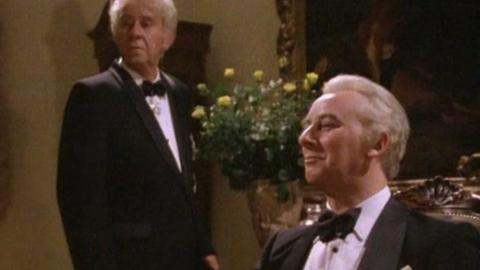
The Dismissal
Less than a decade after the Labor Prime Minister Gough Whitlam was dismissed on 11 November 1975, an Australian TV drama based on the events was released.
The Tracker
Written and directed by Rolf de Heer, The Tracker features David Gulpilil as an Aboriginal tracker in 1922, who leads three white men in the hunt for a black fugitive.
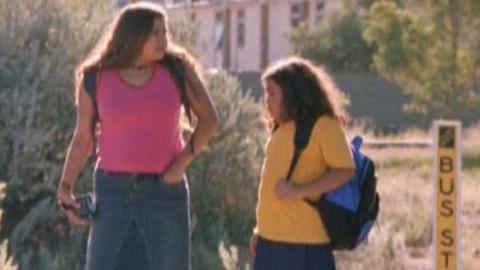
Dreaming in Motion
Five First Nations filmmakers were showcased through the 2002 Dreaming in Motion initiative from the Australian Film Commission (AFC) Indigenous Unit and SBS Independent.
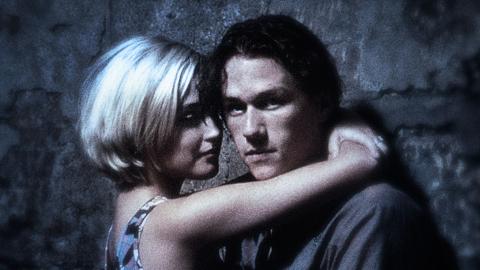
Two Hands
Heath Ledger and Rose Byrne star in this 1999 debut from director Gregor Jordan, one of the first winners of Tropfest.
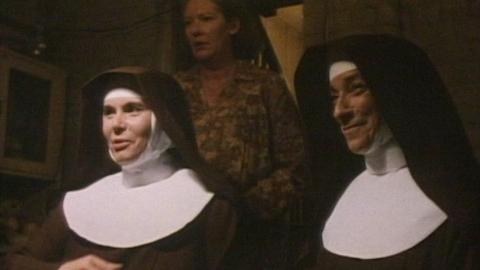
Harp in the South
Harp in the South is a 1986 mini-series, based on Ruth Park’s book, that follows the impoverished Darcy family in Surry Hills during the aftermath of the Second World War. The title refers to Irish immigrants in Australia.
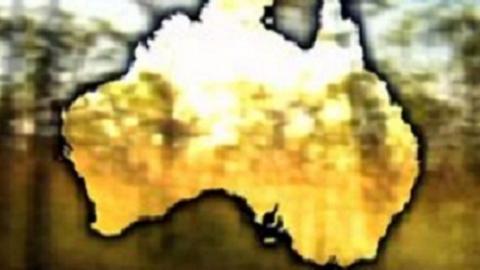
Trespass
Trespass is a 2002 documentary about Yvonne Margarula and the Mirarr people’s fight against the mining companies.
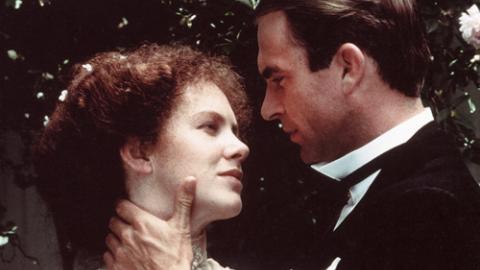
My Brilliant Career
My Brilliant Career was the first feature of Australian Film Television and Radio School (AFTRS) graduate Gillian Armstrong, and the first time most Australians were introduced to Judy Davis, who had recently graduated from the National Institute of Dramatic Art (NIDA) in Sydney.
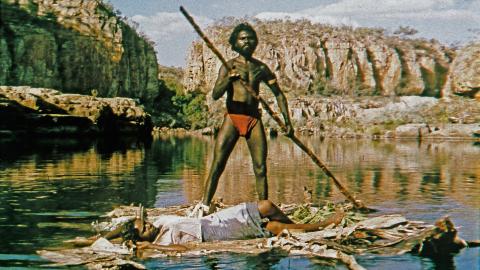
Jedda
Jedda (1955) is Charles Chauvel’s last film and is historic both for being the first colour feature film made in Australia, but more importantly, because it is arguably the first Australian film to take the emotional lives of Aboriginal people seriously.
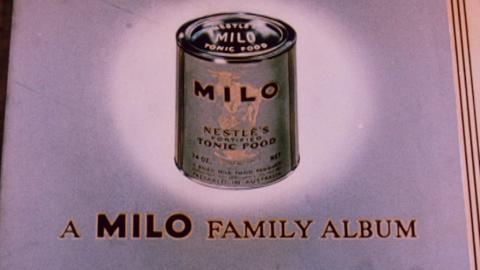
MILO Cinema Advertisements
Since 1934, MILO has been advertised in a number of ways, changing in style and tone to adapt to its audience.
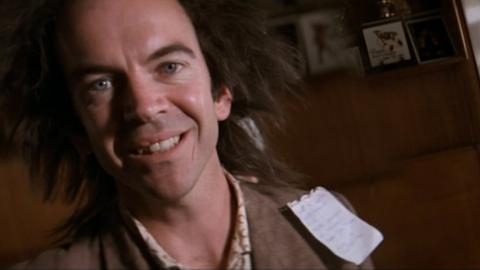
Bad Boy Bubby
Bad Boy Bubby was conceived as an experiment on virtually every level. It had 32 different cinematographers, for example.
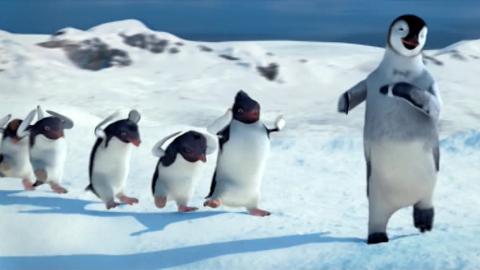
Happy Feet
Dr George Miller's Academy Award-winning animated film about an Emperor penguin chick in Antarctica who can’t sing - but can dance.
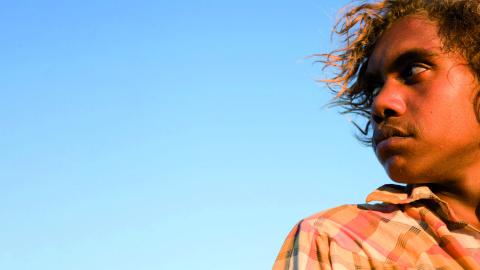
Samson and Delilah
Warwick Thornton's feature directorial debut Samson and Delilah is a heartbreaking and thought-provoking film about two First Nations teenagers growing up in central Australia.

Romeo + Juliet
Baz Luhrmann’s radical update of Romeo + Juliet boldly shattered conventional wisdom that said Shakespeare as he wrote it would never appeal to a mass audience.
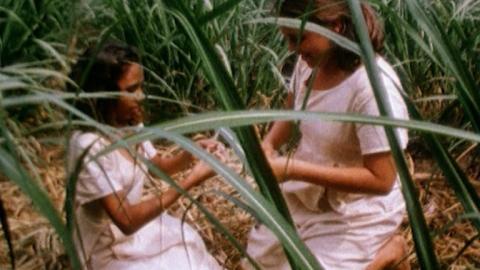
Shifting Sands – from Sand to Celluloid Continued
Shifting Sands was a continuation of the ground-breaking Sand to Celluloid initiative for First Nations filmmakers.
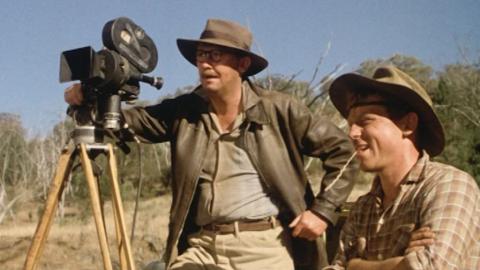
Newsfront
Some believe that Newsfront, set in the late 1940s and incorporating extensive newsreel footage, is Australia’s best film.
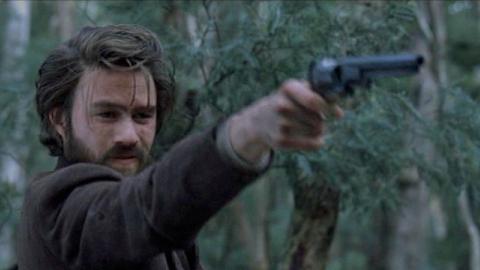
Ned Kelly
Heath Ledger stars as Australia’s most famous outlaw in this 2003 drama.
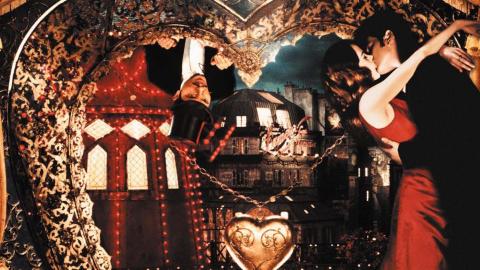
Moulin Rouge!
Moulin Rouge! was a risky venture for director Baz Luhrmann but is a tour de force of imagination and appropriation.
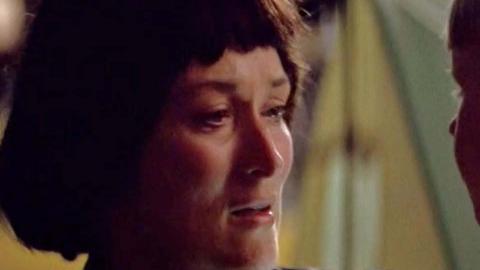
Evil Angels
Evil Angels is a highlight of 80s Australian cinema but did not perform as well locally as it deserved, perhaps because it presents the dark side of the easygoing ‘g’day mate’ nation.
The National Film and Sound Archive of Australia acknowledges Australia’s Aboriginal and Torres Strait Islander peoples as the Traditional Custodians of the land on which we work and live and gives respect to their Elders both past and present.